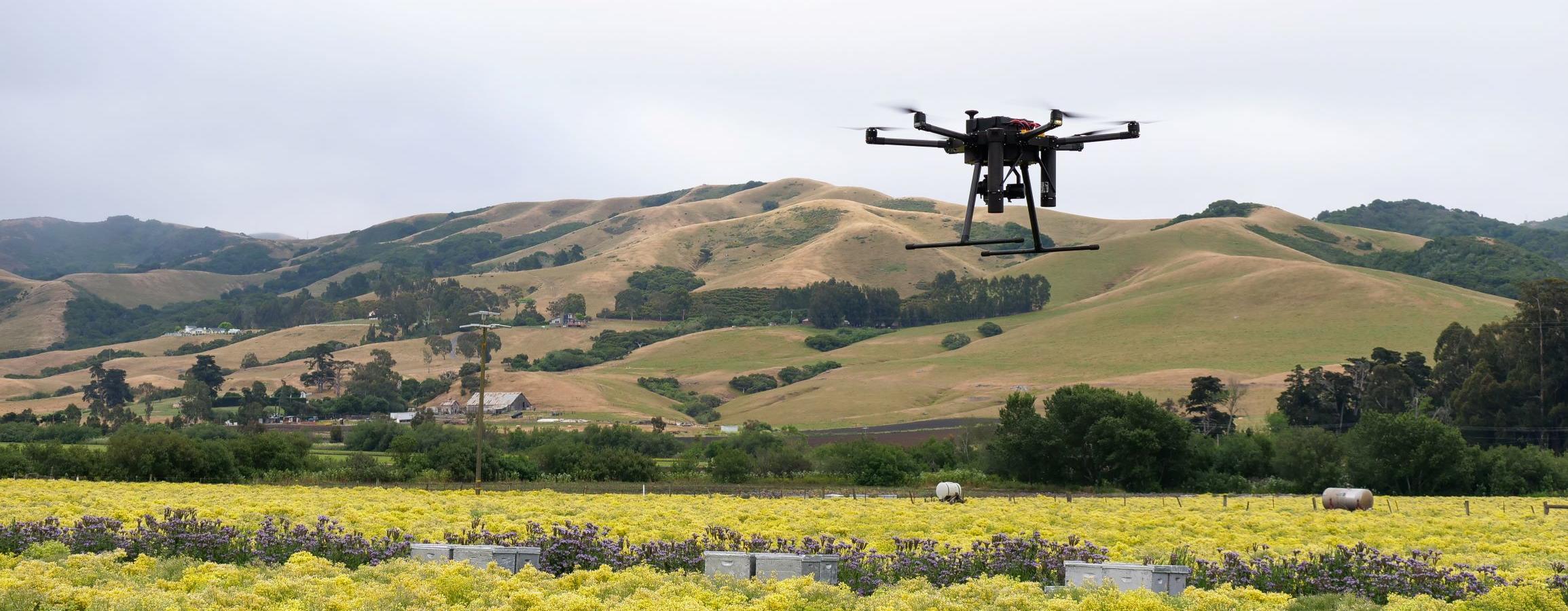Requirement #3: Terminal Velocity¶
Note
What is terminal velocity?
Terminal velocity is the maximum velocity attainable by an object as it falls through a fluid (such as air). It is one important illustration of the principles of fluid dynamics.
Note
How does a parachute work?
Parachutes make clever use of air resistance. Though it’s invisible, air is composed of gas molecules and as you move around, they’re pushed aside. This allows the open parachute to create more air resistance and to drift toward the ground slowly and safely.
Note
How does a drone work? Drones are a headline-making piece of technology, capable of capturing incredible video in the hands of skilled pilots and providing some serious internet entertainment when a dog mistakes one for a frisbee.
As explained by ctia.org (check it out!), a drone relies on rotors for its vertical motion. Drones use their rotors—which consist of a propeller attached to a motor—to hover, meaning the downward thrust of the drone is equal to the gravitational pull working against it; climb, when pilots increase the speed until the rotors produce an upward force greater than gravity; and descend, when pilots perform the opposite and decrease speed.
Check also this website for more information on drones and this website, that explains the physics behind flying!
\(\boxed{\mathbb{REQ}\Large \rightsquigarrow}\) Complete two activities from A or B or C or D. Complete all of the items under each activity.
Conduct a Terminal Velocity Investigation.
With your counselor, fill an empty tennis ball tube, or other clear plastic tube at least 12” tall, with clear corn syrup.
Drop two round objects with the same diameter but different masses into the syrup (example: a steel ball and a glass marble).
Note when the two balls reach terminal velocity (it should happen quickly). Did both objects have the same terminal velocity? Try the experiment again to see if it’s repeatable.
Discuss your investigation and findings with your counselor.
Calculate your terminal velocity on different planets.
Download this worksheet or use a similar worksheet such as the Student Terminal Velocity Worksheet. Calculate the terminal velocity of a 100-pound backpack on the planet earth.
Calculate your terminal velocity on Mars (hint: you will need to look up the values of gravity and atmospheric density on Mars). Compare the two values.
Discuss the differences with your counselor. How would the conditions on Mars affect the engineering design of a Martian landing craft?
Deliver rescue supplies to a community whose roads and bridges have been compromised by a natural disaster.
Use lightweight recycled materials or snap-together building blocks to construct a Platform (or some shape with weight and mass) to carry the supplies. Once you build the “platform,” add “supplies” that represent food, water, medicine, etc. and a way to attach a parachute to deliver it to the community from a plane flying overhead.
Use common household materials, such as trash bags, plastic tablecloth, string, paperclips, rubber bands, etc. to design a parachute that will safely deliver your “supplies” to the “community square” (when dropped from the top of a tall structure, such as a playground playscape). The platform must land upright and intact so the supplies are not damaged.
Design your parachute first on paper, then create a prototype and test it.
Record how long it took to land and the condition of the delivered supplies.
What could you do to slow the descent even further? Modify your design and test it out again. Record the results then modify and test again.
Conduct a final test (at least three tests total) and record your best (slowest) time.
Show your parachute to your counselor and explain how you designed and modified it. Talk about how the actual conditions of a rescue mission (flooding, few flat surfaces, downed trees, live wires, high winds, single chance to deliver) would affect a real-world drop of rescue supplies.
Test out different air foils
Construct simple airfoil shapes using sheets of plain paper secured with tape.
Make a “testing apparatus” that allows the airfoil to move freely in the vertical direction using drinking straws and skewers.
Using a fan or hair dryer, direct a flow of fast-moving air across the airfoil and observe how high it lifts off from the testing apparatus. Use a ruler marked with centimeters to measure results. Repeat changing the test parameters, e.g., how fast the air flows, the direction of the air flow, etc.
Research the Bernoulli Effect and have a discussion about how this phenomenon applies to your observations of the airfoils.
Discuss the results with your counselor.
Tip
Bernoulli Equation
You can get a much better understanding of fluid dynamics if you understand the basic concepts embodied by Bernoulli’s theorem. The videos below provide a very nice introduction to the problem. If you are looking for a more detailed explanation, skip to the second and third videos! (note: there are many more videos available out there!)
Main principle: Faster fluid means lower pressure and slower fluid means higher pressure!
More advanced descriptions:
Attention
Once you have completed this requirement, make sure you document it in your worksheet!
